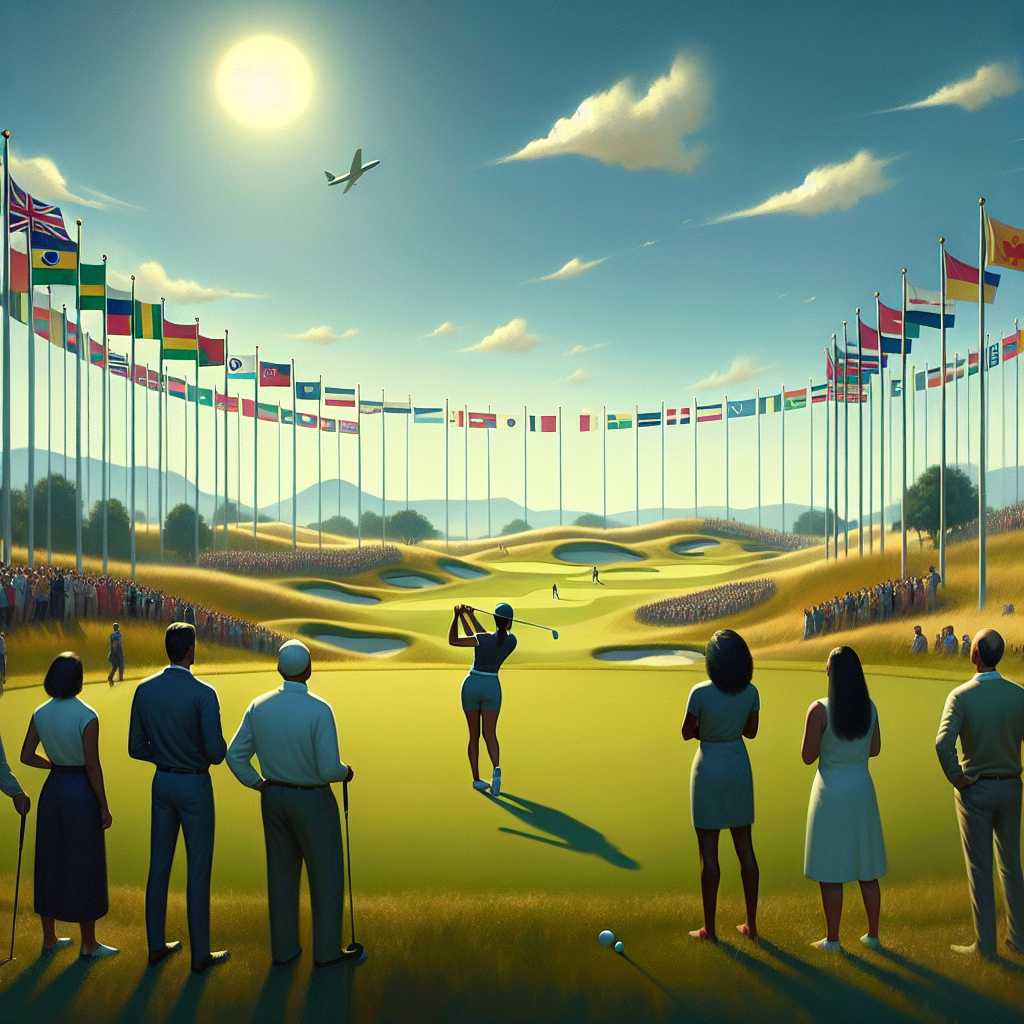The Revival of Golf in the Modern Olympics: A Historic Overview and Current Outlook
Golf’s tumultuous history with the Olympic Games reflects a narrative of resurgence, cultural integration, and evolving recognition. After more than a century-long hiatus, golf returned to the prestigious arena of the Olympics, symbolizing both tradition and change within the global sporting landscape. This article takes an in-depth look into the journey of Olympic golf from its origins to the present day and foresees its trajectory as an established Olympic discipline.
Golf in the Olympics: The Early Beginnings
Golf made its Olympic debut at the second modern Summer Games in 1900, in Paris, France. With both men’s and women’s competitions, it marked a unique inclusivity for its time. However, following its second appearance in St. Louis in 1904, golf disappeared from the Olympic programme, largely due to lack of international players and organizational challenges. It would take over a century for golf to make a significant comeback.
The Campaign for Olympic Golf’s Return
Efforts to reintroduce golf to the Olympic fold simmered for decades, with various golf governing bodies leveraging the sport’s increased globalization. Proponents argued that Olympic exposure could further elevate golf’s profile while accelerating growth in non-traditional markets.
It wasn’t until 2009 that their endeavors would materialize, when during the 121st International Olympic Committee (IOC) session, a vote concluded that golf (and rugby sevens) would be included in the 2016 Games in Rio de Janeiro.
Rio 2016: Golf’s Triumphant Return
The return of golf to the center stage at Riocentro came with unique challenges, such as building an appropriate venue that met both Olympic and professional golfing standards. Despite initial concerns including the Zika virus threat leading some top players to withdraw, the event was successful.
Golf’s reintroduction provided gripping narratives: Britain’s Justin Rose won gold with a birdie on the last hole in the men’s event, while South Korea’s Inbee Park triumphed in the women’s competition amid her battle with injury.
Tokyo 2020 and Beyond: Adjustments Amidst Uncertainty
Post-Rio, golf had cemented its place on the Olympic roster. As Tokyo prepared for 2020 (postponed to 2021 due to COVID-19), organizers and participants faced new uncertainties regarding player health and international competition during a pandemic.
Despite these challenges, golf in Tokyo offered spectacular performances that highlighted dedication amidst adversity, showcasing the sport’s ability to entertain and inspire during trying times.
Current Format and Qualification System
Olympic golf currently features individual stroke play over four rounds—a familiar format for professional players. The qualification system is designed to maximize global representation while still honoring elite performance. With limitations on entrants per country and an emphasis on world ranking inclusivity, Olympic golf maintains a competitive but diversely populated field.
Pathways to Inclusivity: Women’s Participation and Growth Initiatives
A critical aspect of modern Olympic golf is fostering wider participation across genders and countries. Initiatives like ‘Grow the Game’ actively aim toward inspiring youth interest in golf, particularly among girls who have traditionally seen lower participation rates compared to boys. The increased visibility due to the Olympics has already reported permeating effects on junior programs internationally.
Economic Impact: Golf’s Olympic Presence Boosting Local Communities
Hosting Olympic golf extends benefits beyond the immediate spectacle. Local economies can enjoy increased tourism and global interest, which can lead toward more significant investment in golfing infrastructure—delivering lasting impacts for regional development.
